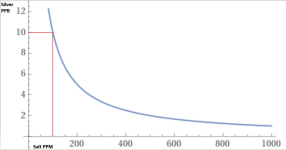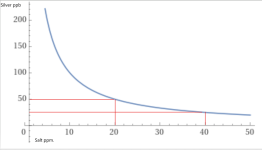In anticipation of moving away from the Frog cartridge system and to the TFP chlorine method I purchased a Taylor K-2005. When I measure the Free Chlorine the initial reading is very low but over the next 30-60 seconds the reading increases significantly. Should I be using the initial reading or the later one? What is the proper wait-time (if any) for the most accurate reading?
Could the delayed reading be due to the tub chemistry .. I’m still using the Frog system for the next week or so.
Could the delayed reading be due to the tub chemistry .. I’m still using the Frog system for the next week or so.




